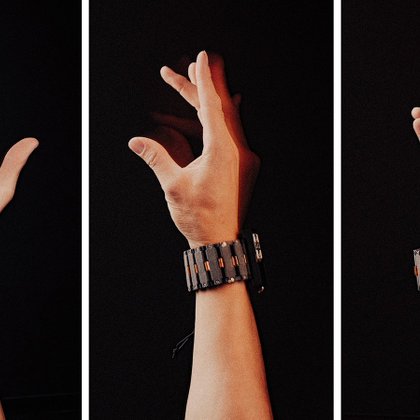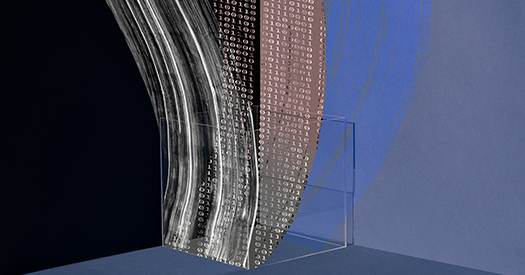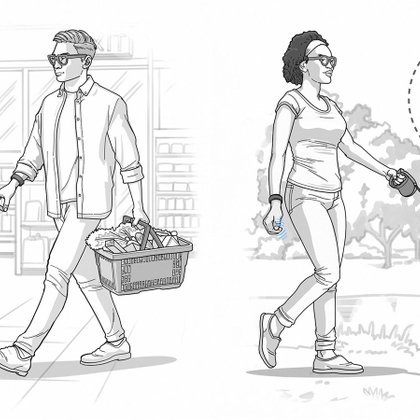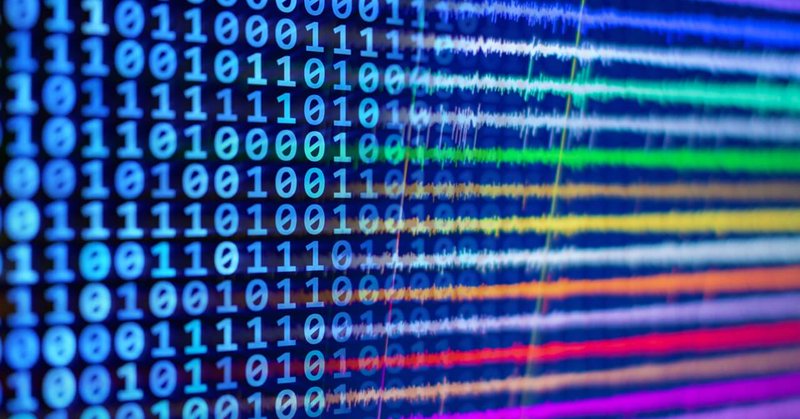
David Sussillo
@SussilloDavid
Followers
13K
Following
2K
Media
157
Statuses
2K
Neural reverse engineer. Research scientist at Meta Reality Labs. Adjunct prof at Stanford. Prev: Google Brain, Stanford postdoc. Milton Hershey Alum.
Portola Valley, CA, USA
Joined November 2016
We're hiring! . Join Meta Reality Lab's EMG Wristband foundational research team! ⚡️. We're seeking research scientists with systems neuro/ML/AI/BCI/EE backgrounds, with skills on a spectrum from modeling to experimental expertise, as well as generalists who excel in both areas.
6
38
156
Data and code to make contact with our offline decoding results (at 100 users in x-axis of scaling curves)!.
github.com
Code for exploring surface electromyography (sEMG) data and training models associated with Reality Labs' paper - facebookresearch/generic-neuromotor-interface
We’re thrilled to see our advanced ML models and EMG hardware — that transform neural signals controlling muscles at the wrist into commands that seamlessly drive computer interactions — appearing in the latest edition of @Nature. Read the story: Find
2
7
79
RT @AIatMeta: We’re thrilled to see our advanced ML models and EMG hardware — that transform neural signals controlling muscles at the wris….
0
248
0
RT @Meta: Imagine controlling your devices with a subtle hand or finger gesture. Our cutting-edge research turns intent and muscle signals….
0
388
0
I'm deeply touched to read @marinopagan's reflection on our 2013 contextual decision-making study in The Transmitter. Knowing that our work has influenced others' scientific journeys is both humbling and inspiring. 🙏.
In our latest edition of “This paper changed my life,” @marinopagan reflects on a seminal paper that revealed the complexity of neural population dynamics and the power of recurrent neural networks.
0
6
41
RT @NicoleCRust: This is such a mistake - these alternative ways of testing aren't good enough "models" to evaluate new drugs. People will….
0
3
0
RT @_TheTransmitter: How can we make progress in developing a general model of neural computation rather than a series of disjointed models….
thetransmitter.org
To gain insight into complex neural data, we must move toward a data-driven regime, employing large models trained on vast amounts of data. Experts weigh in.
0
13
0
RT @NandoDF: Feeling pressure to work more than 5 days per week? Don’t. I’ve been super productive all my life and I never worked on the we….
0
26
0
Human-Computer Input via a Wrist-Based sEMG Wearable.
meta.com
Today, we’re releasing a white paper that provides background on sEMG, describes its potential as a new input paradigm for human-computer interaction, and explains how sEMG sensing and its device...
1
7
52
RT @xavierjgonzalez: We also just dropped a new blog that steps through both the the math and the code!. Blog: Post….
0
3
0
RT @seasonedschemer: 1/. We just open-sourced two large wrist electromyography (EMG) datasets - one towards typing without a keyboard and t….
0
21
0
RT @jessedmarshall: emg2pose: Hand pose estimation anywhere with neuromotor interfaces . A Dataset and Benchmark @ Neurips 2024 https://t.….
0
20
0
RT @scott_linderman: Did you know that you can parallelize *nonlinear* RNNs over their sequence length!? Our @NeurIPSConf paper "Towards Sc….
0
30
0
RT @lndriscoll: If you want to do a postdoc w me (or generally do theory at Allen/UW) apply for this!. It’s a pretty independent postdoc p….
alleninstitute.org
The Shanahan Foundation Fellowship at the Interface of Data and Neuroscience was created to provide freedom and flexibility to promising young scientists from diverse fields, as they work alongside...
0
41
0
Here's a similar piece of work showing causal evidence for line attractor dynamics in the hypothalamus of rodents observing aggressive behavior.
nature.com
Nature - Single-cell optogenetic stimulation and calcium imaging experiments provide direct evidence of line-attractor dynamics, including functional network connectivity, in the mammalian...
1
0
6
Here's a paper that helps explain thirst satiety in mice. It goes all the way down to the level of individual neurons and cell types while providing a meso-scale explanation of satiety via a putative line attractor.
cell.com
Data-driven computational models of large-scale neural recordings predict cell-type-specific probability dependence of reward response.
1
0
9
While I question the 90% figure, I agree with the core sentiment. However, I believe this will change significantly within the next decade or two due to improved recording methodologies, theoretical advances, and computational approaches in our understanding of how the brain.
This is a controversial claim, but in my experience, more than 90% of the time, when people bring up neuroscience during explanations of psychological phenomena, the neuroscience adds nothing of value to the explanation other than making the explanation *seem* more authoritative.
2
4
48











